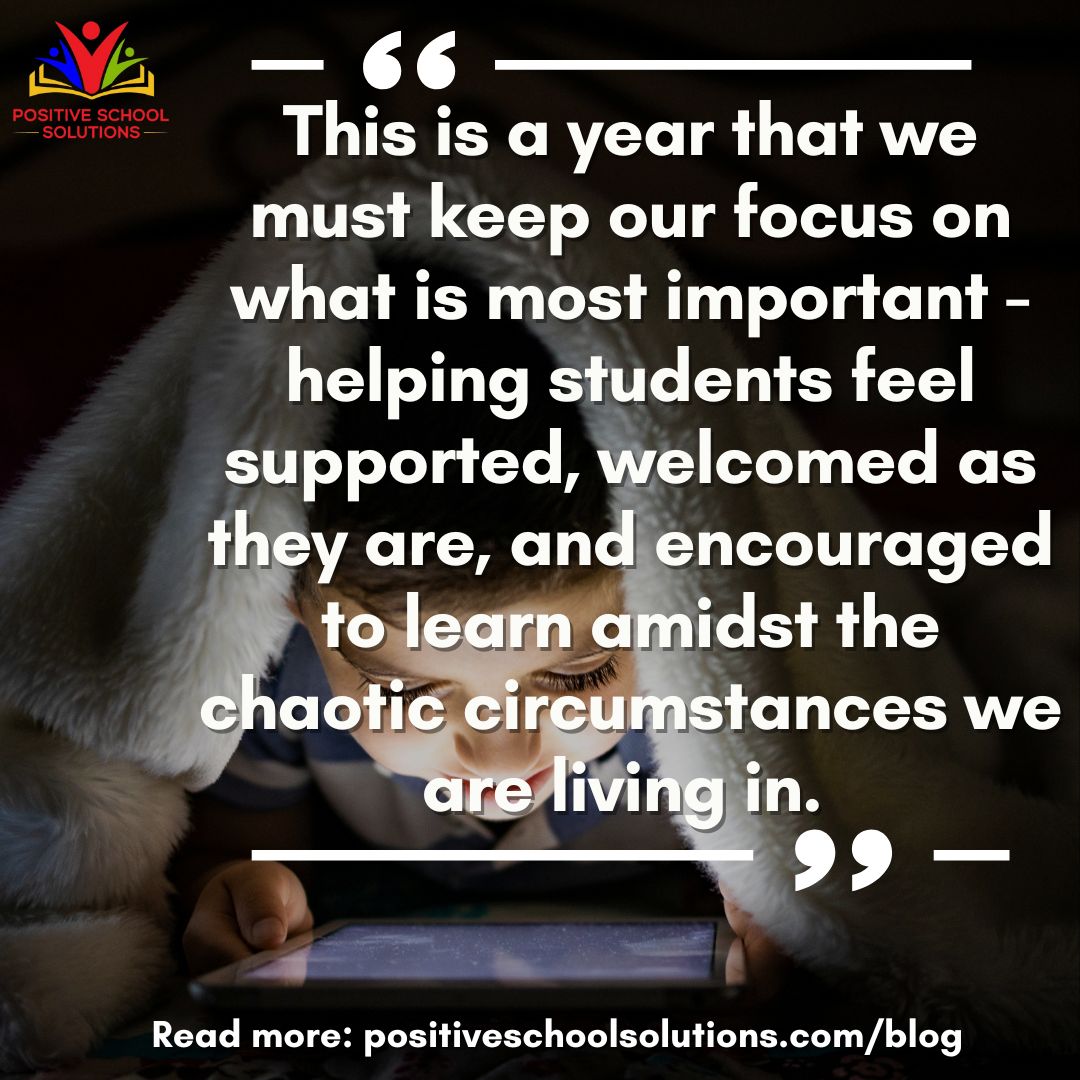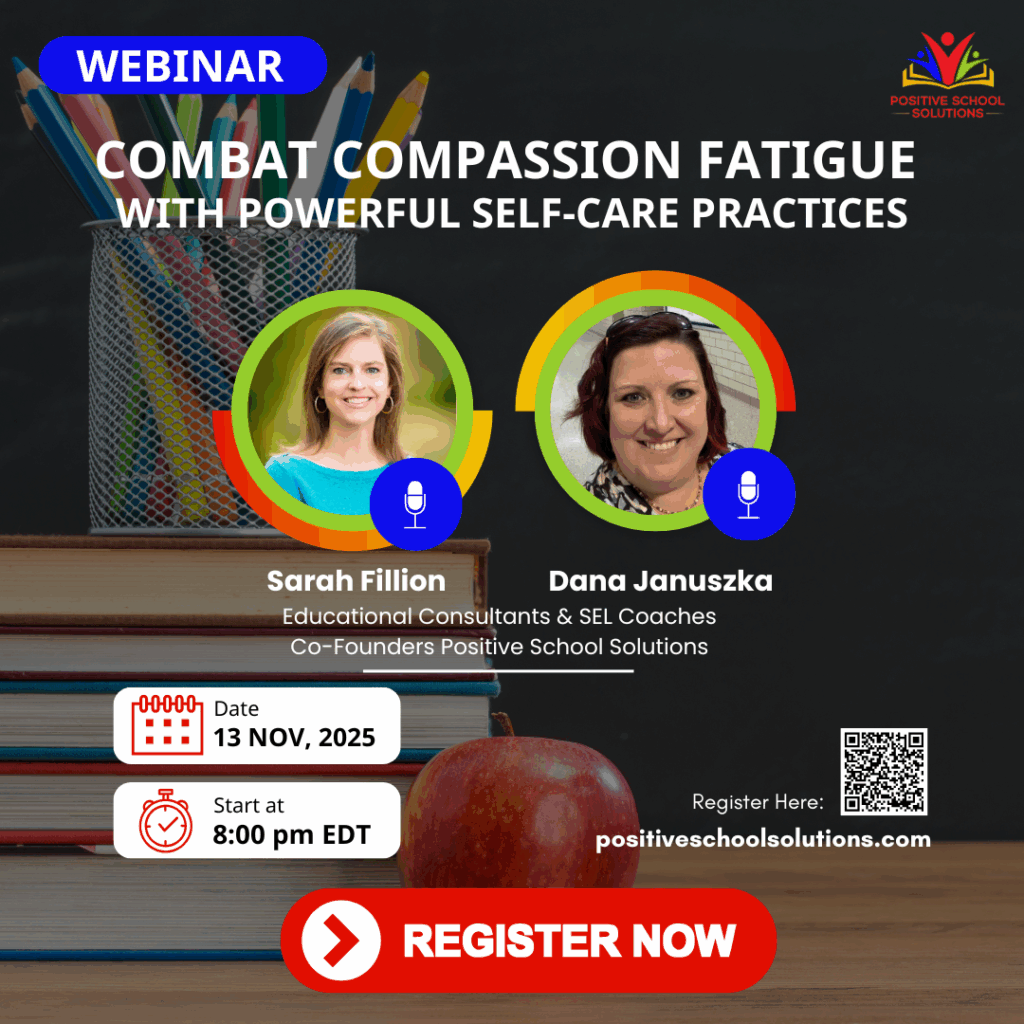 I was catching up with a friend and we were discussing the past few months of working from home and stay-at-home-summer vacation. We got on the topic of prepping for each day and had very different routines we’ve been following. She shared how she has kept up her routine of showering, putting on makeup, and getting dressed each day, as she finds doing so helps her feel more productive, motivated, and overall better about herself. I am the exact opposite. I am fairly confident I have only worn pants with a zipper and button about six times since mid-March! And I feel like I have gotten more done each day than ever before because I haven’t had to spend time doing my hair, putting on makeup, or trying to figure out what outfit to wear for the day. It is interesting as to how two highly productive and professional women can have opposing ideas on what yields the best results! We didn’t get into creating a list to determine who was more productive, rather decided to agree to disagree, and moved on with our conversation.
I was catching up with a friend and we were discussing the past few months of working from home and stay-at-home-summer vacation. We got on the topic of prepping for each day and had very different routines we’ve been following. She shared how she has kept up her routine of showering, putting on makeup, and getting dressed each day, as she finds doing so helps her feel more productive, motivated, and overall better about herself. I am the exact opposite. I am fairly confident I have only worn pants with a zipper and button about six times since mid-March! And I feel like I have gotten more done each day than ever before because I haven’t had to spend time doing my hair, putting on makeup, or trying to figure out what outfit to wear for the day. It is interesting as to how two highly productive and professional women can have opposing ideas on what yields the best results! We didn’t get into creating a list to determine who was more productive, rather decided to agree to disagree, and moved on with our conversation.
This difference of opinion has stuck with me though, especially in recent back-to-school workshops where teachers have shared that they are thinking about strict class expectations including that students must be sitting at a desk/table, no hats, and hair brushed. I completely understand that we want to teach students good hygiene habits and want to encourage them being their most productive, but personally, I am trying to keep the big picture in mind. If a student wakes up 30 seconds before class starts and puts in the effort to turn on their computer to make it to class, I am pumped – that means the student took some responsibility, self-motivation, and persevered. Similarly, if a student didn’t have time to brush their hair and wears a hat, but is participating in class and completed an assignment, then I’m feeling like that’s a win.
Students of all ages are going to have times where they feel peer pressure to look put together, be exposed to work environments in which they see how their colleagues dress, and develop a sense of professional fashion that works for them, but this is not the year we have to demand it. This is a year that we must keep our focus on what is most important – helping students feel supported, welcomed as they are, and encouraged to learn amidst the chaotic circumstances we are living in.
When a student shows up and looks disheveled, pause and think, ‘would I rather they have come 15 minutes late and spent time getting themselves ready by being dressed and brushing their hair, or is it better that they did whatever was necessary to logon in time?’ Doing so may help us to remember the ultimate goal of what we want for our students, to create lifelong learners that are successful contributing members of society, and approach the situation with empathy and understanding.
To learn more about how to communicate your expectations to students clearly and concisely, as well as how to create the conditions for success in online learning, visit the positiveschoolsolutions.com course page.


